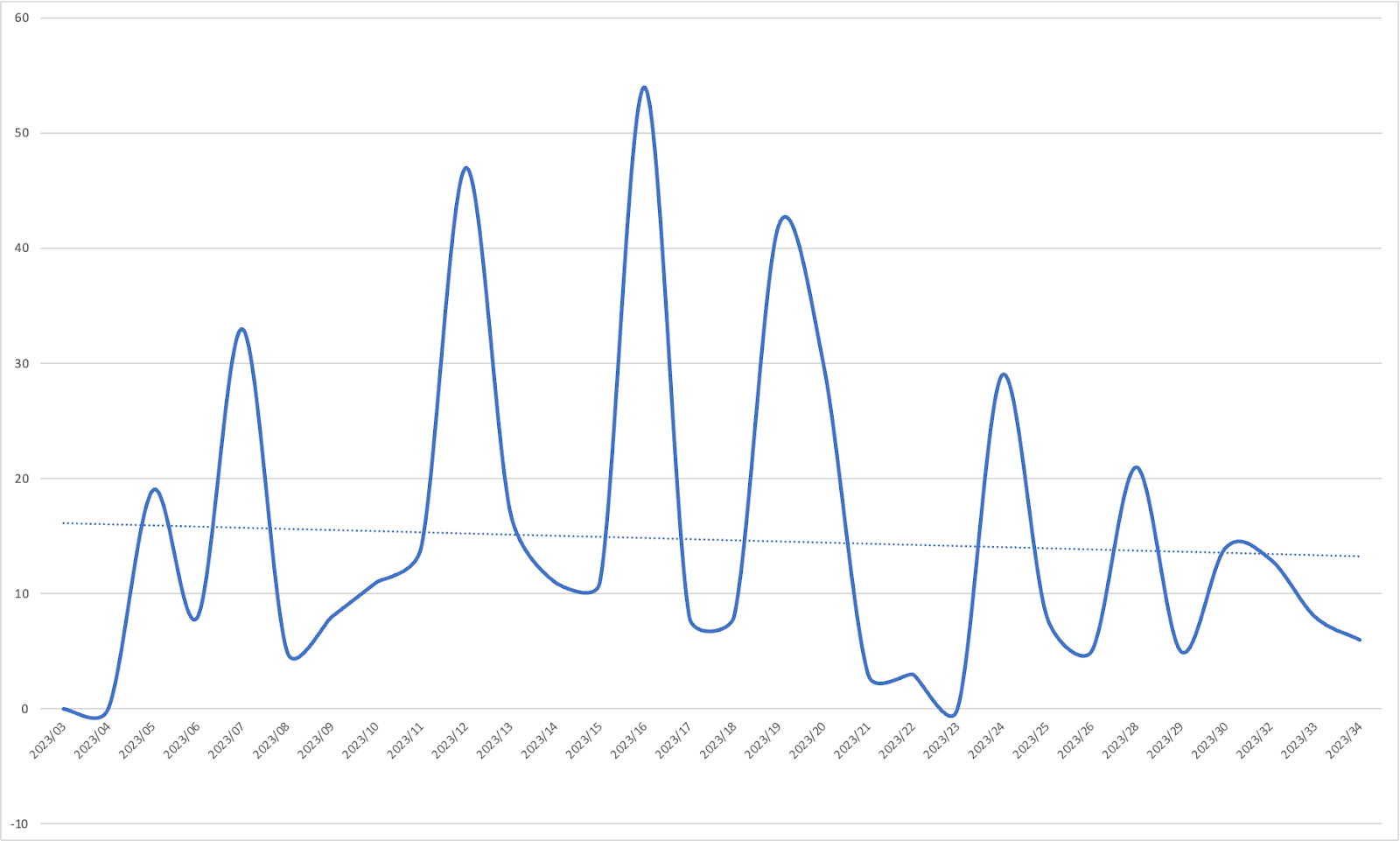A core principles of Agile is adaptability. By tracking story points rather than dates, teams embrace the agile mindset, allowing them to be more flexible in responding to changes. Story points are a unit of measure for the complexity and effort required to complete a task, making them a more accurate gauge of the work involved. This means you can adapt to unforeseen challenges without compromising the quality of your deliverables.
Imagine you’re developing a mobile app, and you estimated that a feature would take two weeks to complete. But halfway through, your team identifies a critical bug that needs immediate attention. If you were solely focused on dates, you might push the release date back, causing frustration for stakeholders. However, by tracking story points, you can re-evaluate your priorities and allocate resources where needed, all while maintaining transparency and managing expectations effectively.
Velocity is a key metric in Agile development that quantifies a team’s capacity for delivering work over a set period. It’s calculated by summing up the story points completed in a sprint or iteration. This metric becomes a powerful tool for estimating future work. Teams that work in kanban (看板, かんばん, signboard; sign; billboard) can calculate velocity weekly. Over the course of several sprints or weeks, you will align on an average velocity for a team.
Suppose your team consistently completes an average of 20 story points per sprint. Armed with this knowledge, you can make more accurate predictions about when certain features or tasks will be completed. For instance, if you have a backlog of 100 story points, you can reasonably estimate that it will take around five sprints (or weeks, depending on your sprint length) to clear the backlog. This is far more predictable and reliable than setting arbitrary dates without considering the team’s capacity.
Consider a scenario where your team starts with a velocity of 20 story points but notices a gradual decline over the next few sprints, dropping to 15 story points. This decline triggers a retrospective meeting, where you identify that scope creep and frequent interruptions are affecting productivity. With this insight, you can implement measures to mitigate these issues and get your velocity back on track.
Tracking story points encourages a focus on continuous improvement. Teams can use velocity as a feedback mechanism to assess their performance and efficiency. For instance, if your velocity starts decreasing over several sprints, it’s a clear signal that something is amiss. This could be due to external factors, team dynamics, or process bottlenecks. By addressing these issues, you can maintain a healthy velocity and ensure a steady pace of delivery.
